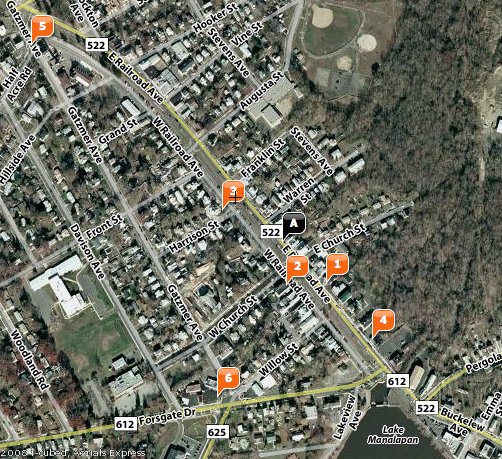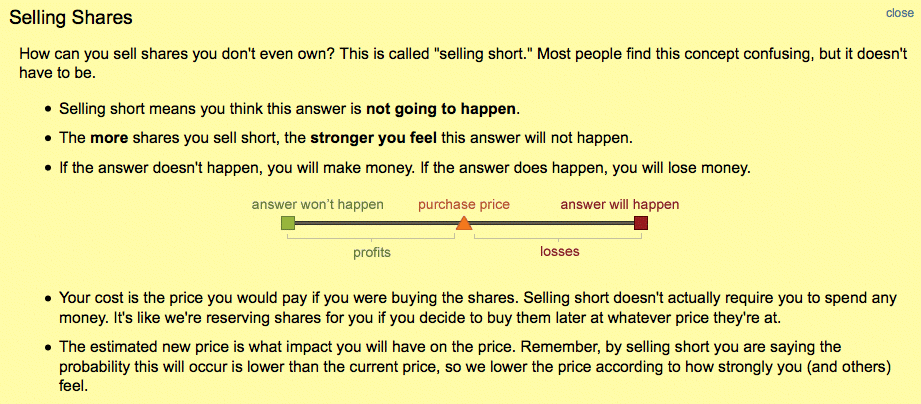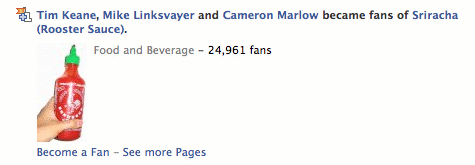(First in a series of “random thoughts on science”)
A mind boggling number of academic research conferences and workshops take place every year. Each fills a thick proceedings with publications, some containing hundreds of papers. High-profile conferences can attract five times that many submissions, often of low average quality. Smaller venues can seem absurdly specialized (unless it happens to be your specialty). Every year, new venues emerge. Once established, rarely do they “retire” (there is still an ACM Special Interest Group on the Ada programming language, in addition to a SIG on programming languages). It’s impossible for all or even most of the papers published in a given year to be impactful. Most of them, including plenty of my own, will never be cited or even read by more than the authors and reviewers.
No one can deny that incredible breakthroughs emerge from the scientific process — from Einstein to Shannon to Turing to von Neumann — but scientific output seems to have a (very) long tail.
Is this a good thing, a bad thing, or just a thing?
Is the tail…
- Good?
- Is the tail actually crucial to the scientific process? Are some breakthroughs the result of ideas that percolate through long chains — person to person, paper to paper — from the bottom up? Is science less dwarfs standing on the shoulders of giants than giants standing on the shoulders of dwarfs? I published a fairly straightforward paper that applies results in social choice theory to collaborative filtering. Then a smarter scientist wrote a better paper on a more widely applicable subject, apparently partially inspired by our approach. Could such virtuous chains actually lead, eventually, to the truly revolutionary discoveries? Is the tail wagging the dog?
- Bad?
- Are the papers in the tail a waste of time, energy, and taxpayer dollars? Do they have virtually no impact, at least compared to their cost? Should we try hard to find objective measures that identify good science and good scientists and target our funding to them, starving out the rest?
- Ugly?
- Is the tail simply a messy but necessary byproduct (I can’t resist: a “messessity”) of the scientific process? Under this scenario, breakthroughs are fundamentally rare and unpredictable hits among an enormous sea of misses. To get more and better breakthroughs, we need more people trying and mostly failing — more monkeys at typewriters trying to bang out Shakespeare. Every social system, indeed almost every natural system, has a long tail. Maybe it’s simply unavoidable, even if it isn’t pretty. Was the dog simply born with its (long and scraggly) tail attached?




